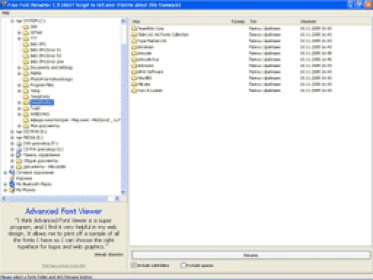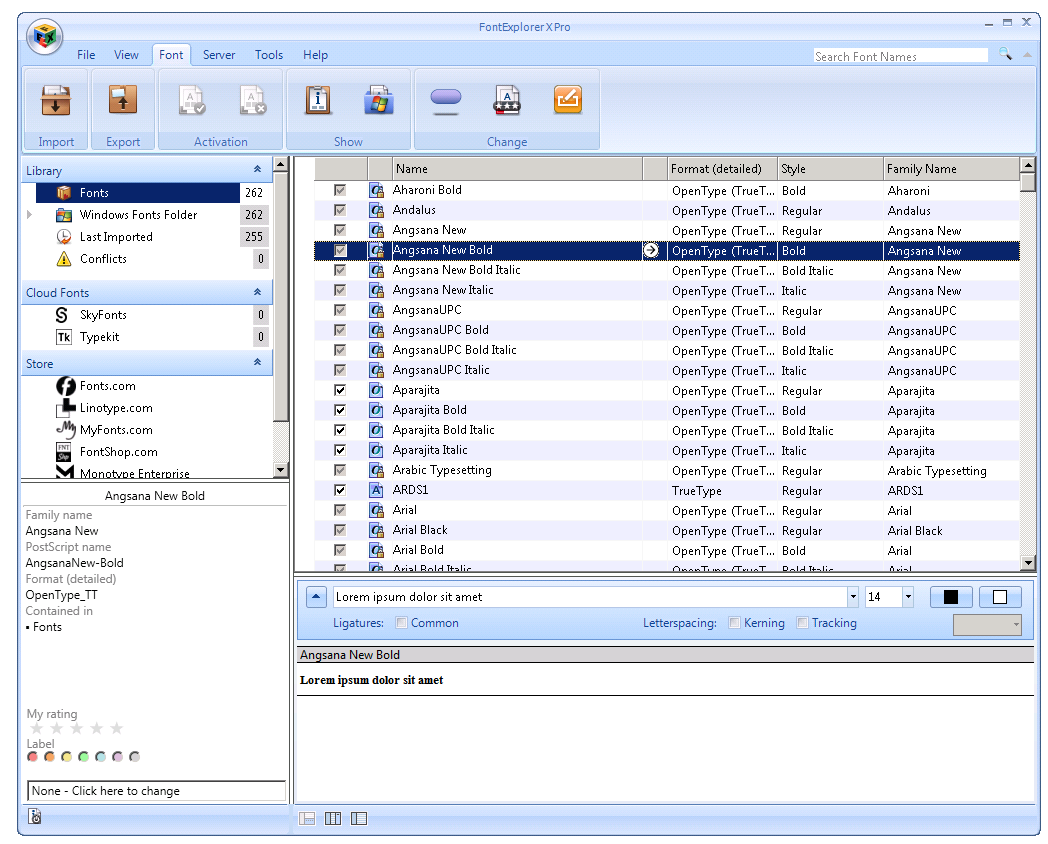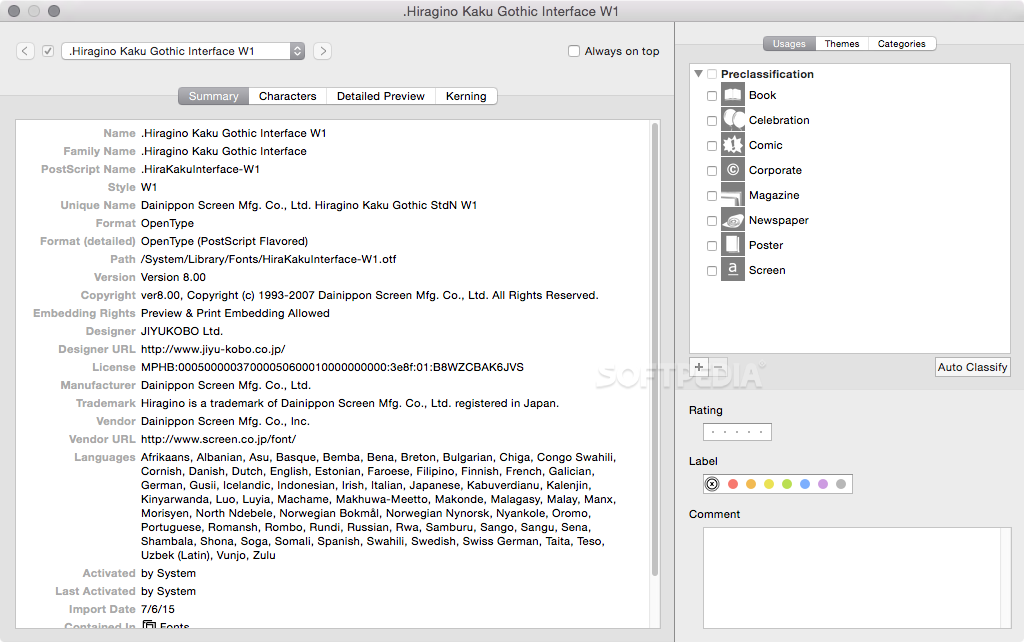

- FONTEXPLORER X PRO 4 REVIEW ARCHIVE
- FONTEXPLORER X PRO 4 REVIEW SOFTWARE
- FONTEXPLORER X PRO 4 REVIEW PLUS
- FONTEXPLORER X PRO 4 REVIEW MAC
- FONTEXPLORER X PRO 4 REVIEW WINDOWS
Font managers make it possible to activate fonts when needed, either separately or in handy sets, and deactivate them after you’re done.

Previously all fonts had to be installed into the system and were always active, available in any app. This radically changed how users interact with their digital typefaces.
FONTEXPLORER X PRO 4 REVIEW SOFTWARE
This article is excerpted from InDesign Magazine, June/July 2007 (Issue 18).When Adobe expanded its font-smoothing software Adobe Type Manager into ATM Deluxe in the mid-nineties, it introduced the concept of font management to the world of computers. You may work with hundreds or even thousands of fonts. The more typefaces you have, the more creative options you can explore. The downside is that managing a multitude of fonts can become a daunting task for both you and your computer. You can dump them all in your Control Panel Fonts folder (Windows) or one of the three system folders (Mac), but this is not only extremely taxing on your system, it can overpopulate your application font menus and result in endless scrolling. It makes more sense to use only the fonts you need, when you need them.
FONTEXPLORER X PRO 4 REVIEW MAC
So the real question is not why you should use a font manager, but which one works best for you?Īnd don’t think this is just a Mac thing.
FONTEXPLORER X PRO 4 REVIEW WINDOWS
All designers - whether on Mac or Windows - can benefit from a font manager.
FONTEXPLORER X PRO 4 REVIEW PLUS
The following comparison of eight font managers - our favorites out of a larger field, plus one we can’t recommend - will help you sort through the sometimes-confusing choices. Let’s tackle the Windows side first, starting with the highest-rated applications.

#Fontexplorer x pro 4 review macįor the Mac side of things, go to page 2. Insider Software’s FontAgent Pro 3 for Windows was very promising as a public beta, and I’m happy to report that the shipping version fulfills that promise. The ability to create a managed library, complete with the option to optimize fonts from the system Fonts folder, make FontAgent Pro 3 for Windows (FAP) a strong choice for creative professionals. FAP can also validate fonts upon import, which is a nice built-in troubleshooting feature, and its Font Compare and Font Player preview options are superb. On the other hand, it lacks font auto activation, a major detraction. In addition, there’s no secure database comparable to the Vault in Suitcase for Windows. When you first launch FAP, it tells you that it must create its own database. You can accept the default location (C:FAP_Data) or choose a different location on your system. Once the database is created, FAP asks if you’d like to add fonts by optimizing the Fonts Control Panel or by importing a folder of fonts (Figure 1). It also gives you the option to bypass the initial auto import options and add fonts later.įigure 1. Part of the process of adding new fonts to the FontAgent Pro for Windows database. If you’ve been storing all of your fonts in the Windows system Fonts folder, give your system a break and optimize the Fonts Control Panel.
FONTEXPLORER X PRO 4 REVIEW ARCHIVE
When you do, FAP displays a dialog box with archive and import options. I recommend backing up all fonts imported into the database from the Fonts Control Panel, especially those supplied by Windows, in case you move them back later. I also recommend enabling the Don’t Import Incomplete Postscript Fonts option, as incomplete Postscript fonts will not display or output properly.įontAgent Pro always runs a diagnostic check on all fonts before importing them. I suggest you import all fonts except for those required by the Windows system. Required fonts are automatically placed in their own library and locked. As a safeguard, you can never unlock, move, or deactivate required fonts. All other fonts imported from the Fonts Control Panel are placed in the Control Panel Fonts library and can be managed easily using FAP.įAP is the only Windows font manager that lets you create multiple libraries. You can add fonts to the database at any time by dragging and dropping them into the interface, or by clicking the Import button. Doing so prompts FAP to display another dialog box with import options (Figure 2).įigure 2. FontAgent Pro for Windows import options.


 0 kommentar(er)
0 kommentar(er)
